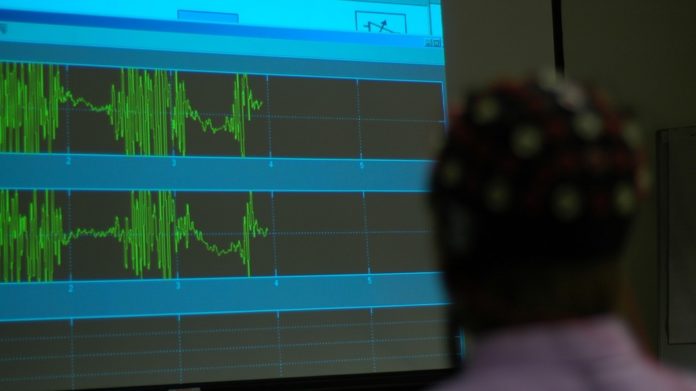Big Data Is Changing the Way We Get Well

You might call it a revolution, or maybe a remaking, but either way big data is changing the scale and scope of how doctors care for patients and how caregivers and insurance companies address community-wide health issues.
Consider the statistics already in play. A recent McKinsey & Company report traced the expansion of computer-based information systems, and the electronic medical records they create, in both the physician’s office and the hospital.
-
More than 50% of doctor’s offices now handle patient records electronically.
-
Nearly 75% of hospitals do so as well.
-
45% of hospitals exchange the data they gather with each other on a local and regional level.
And it’s not just clinical data that’s being accumulated and shared.
Claims, costs, R&D, patient behavior and sentiment are becoming increasingly quantified and analyzed within the medical community. What’s coming out of these efforts? Based on the patterns that analysts discover, strategies and approaches to getting people well, faster — and preventing them from getting sick in the first place — are changing as the algorithms churn.
“Big data allows us to collect more data about patients than any clinical trial in history,” said Vinnie Ramesh, CTO at Wellframe, via email. “We can start generating truly evidence-based insights and accelerate the pace of medical innovation in an unprecedented manner.”
And so, let’s look at some key areas where this kind of big data traction is creating change. We’ll look at in-the-moment care, and also at long-term alterations to the ways we’re thinking about and implementing medicine and treatment.
Advanced care: Real-time big data

Image: Flickr, Vic
Big data is affecting on-the-floor work among caregivers in numerous ways. One of them is in the decision-making process, bedside.
“With the advent of [electronic medical records],” said Mickey Lynch, director of commercial strategy and innovation at Cadient Group, “a physician has a much broader set of information upon which to establish a path forward. Meaning that now he or she can quickly view notes from previous visits, quickly access lab values and access test results perhaps administered by other physicians. All of which provides the physician with a far more robust clinical view of the patient.”
Another way big data is making changes — how medical facilities are managed and leveraged to optimize resources around patient-traffic trends.
“It allows for better preparation for potential peak admissions times,” said Michael Hiskey, vice president of Products at MicroStrategy. “Hospital staff can use past patient data to identify trends when it comes to high-traffic times of the year, or even hours in the day where there are increased admissions. This means they can adjust staffing levels accordingly, providing higher-level care during peak periods, and giving doctors and nurses a little extra rest during times they might not be as needed.”
The big picture: Long-term patterns (and solutions)
There is a potential to expand doctors’ and hospitals’ proactive measures in all of this as well. The kind of electronic health records that McKinsey & Company sees proliferating can help generate valuable insights when it comes to geographical distribution and incidence of disease.
“Having access to vast amounts of patient data allows doctors to draw conclusions about health factors previously unrelated,” said Hossein Fakhrai-Rad, founder and CEO of BaseHealth. “For instance, Project Artemis, out of the University of Ontario, uncovered that premature babies with stable heart rates were more prone to infection, a somewhat backwards insight that was only made possible by tracking infants’ health metrics in the NICU.”
There is also an opportunity, via big data, to not only reach susceptible populations, but also augment the way insurance works when it comes to incentivizing preventative measures — like reminding certain candidates to get regularly scheduled colonoscopies, for example. The idea is that this would improve health outcomes and reduce healthcare costs.
Best-case big data: How relevance equals speed plus specificity

Image: Flickr, NEC Corporation of America
Maybe revolution doesn’t do it justice. No wholesale overthrow and replacement, no leveling what was and making it up again from scratch — the medical community is evolving within a sea change wrought by technology. And they’re doing this without the luxury of interrupting critical services.
When it comes to big data and patient care, we’re trying to find a path to not only quicker delivery of interpreted (or interpretable) data, but also to generate results that are highly relevant to each patient, on a case-by-case basis.
Personalized results would be tailored to the particular needs of the patient, and delivered fast enough so that emergent problems can be addressed before they become more — or wholly — untreatable. If big data successfully creates that kind of environment, it means that doctors and patients get more time and wider margins for focusing on the less time-sensitive and life-or-death aspects of medicine — that is, relationship building and preventive care.
Do you have electronic health records? Tell us about your experience with data-driven healthcare in the comments.
